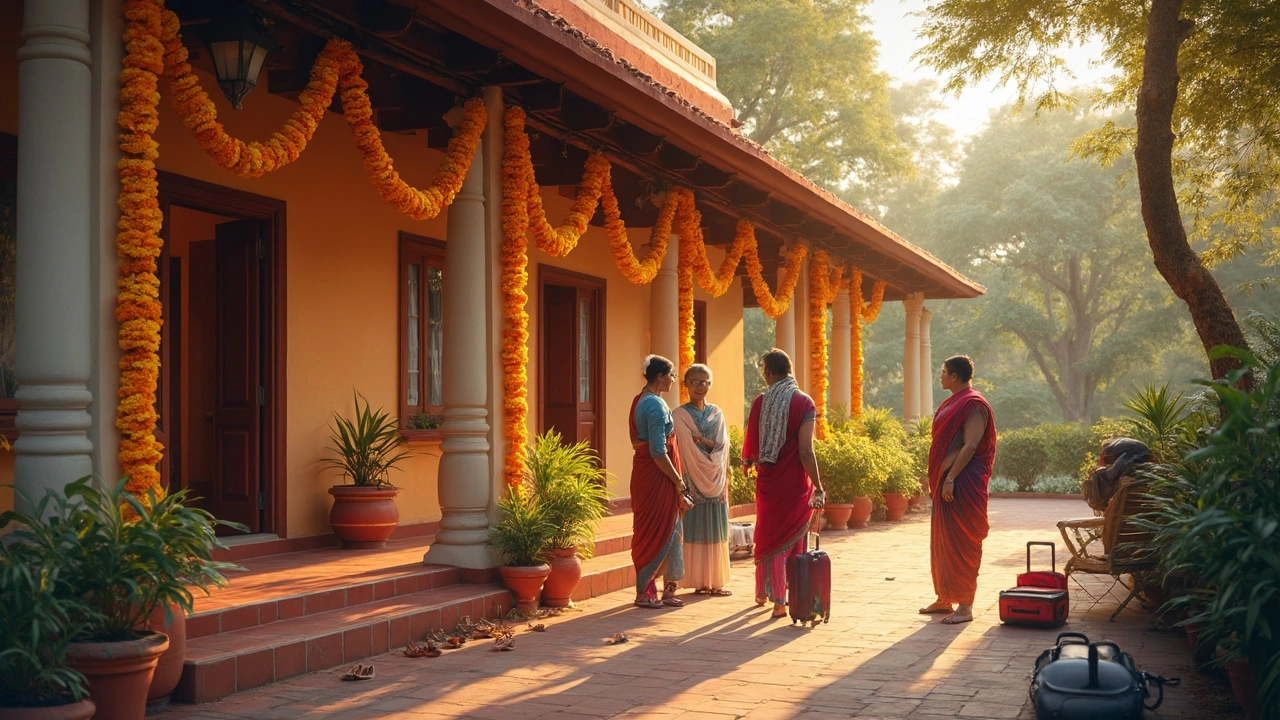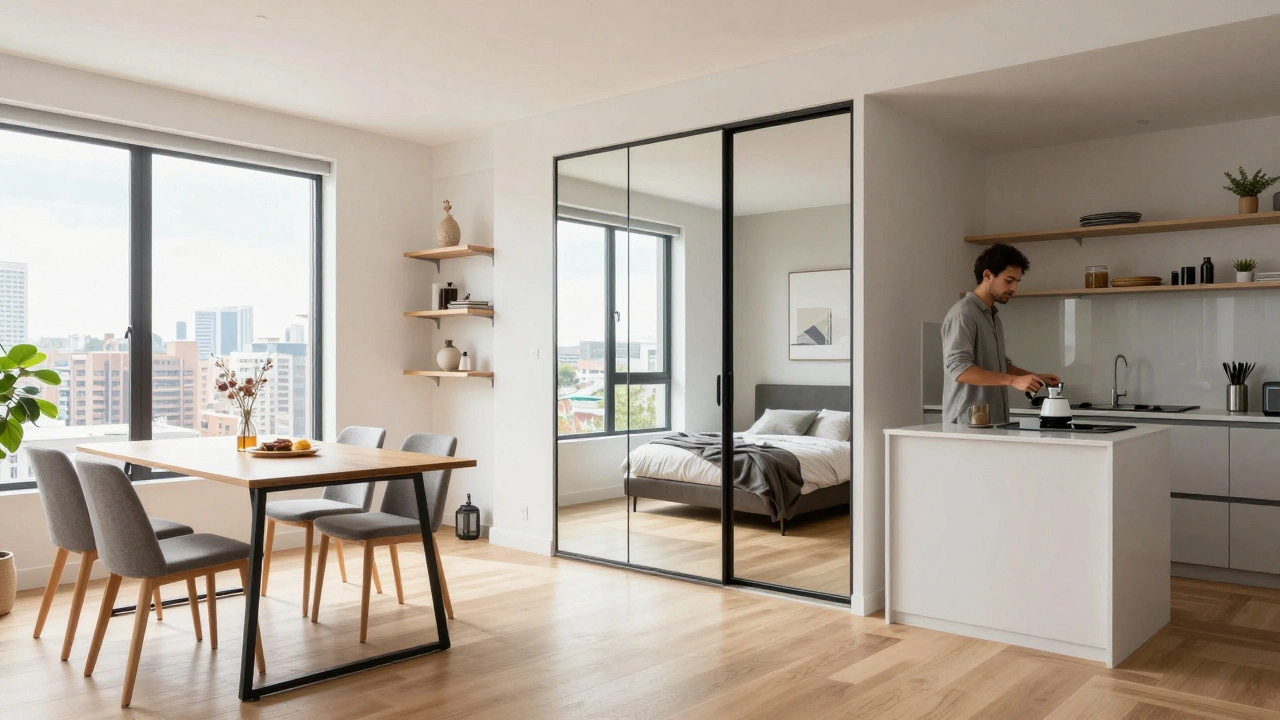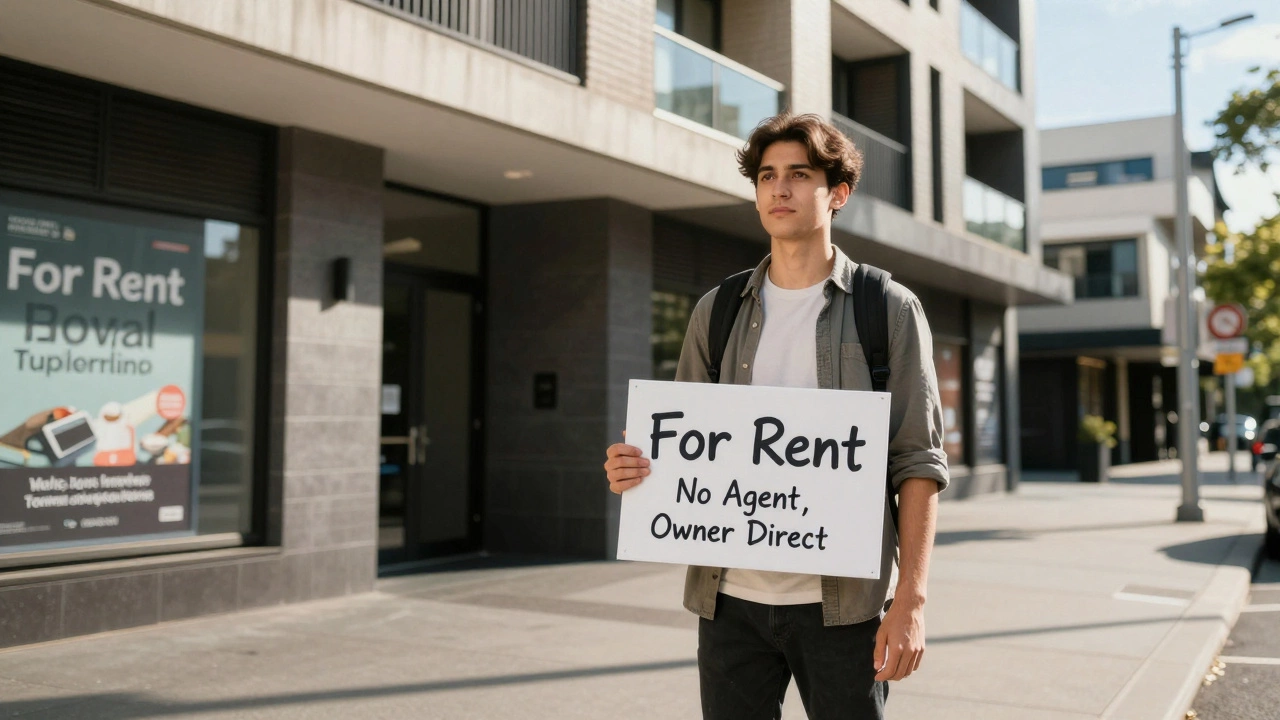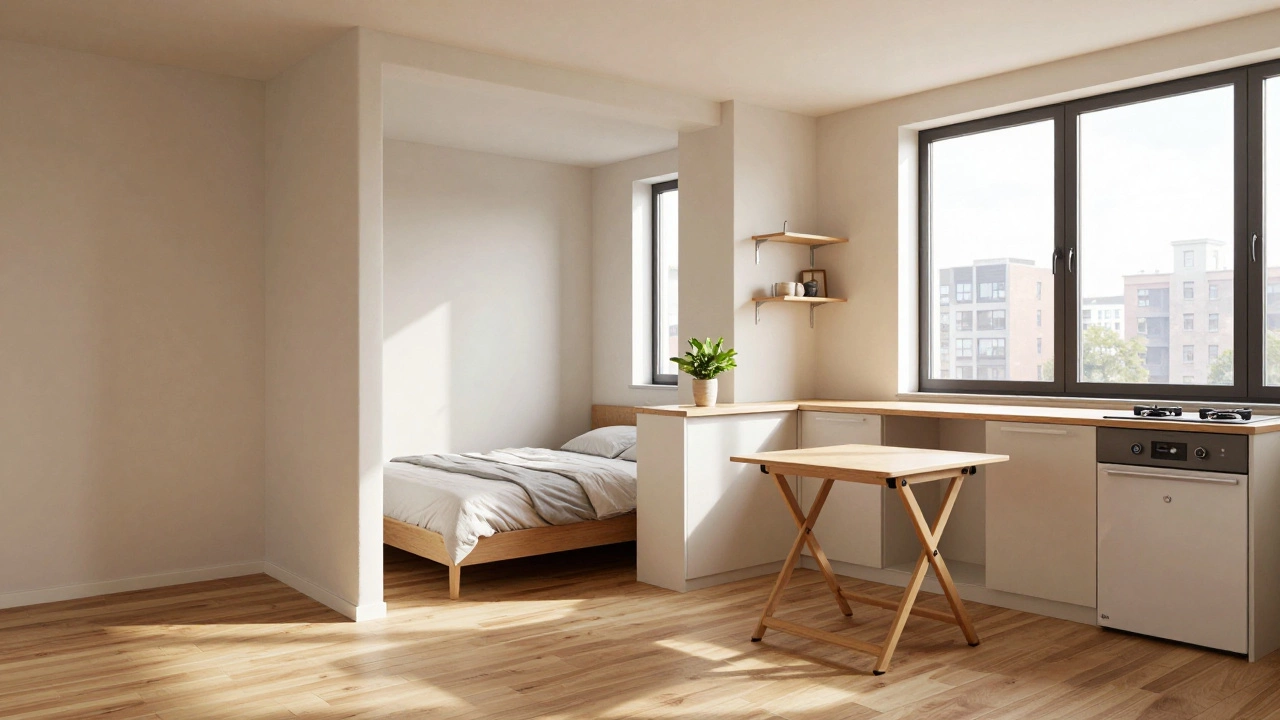Picture this: you’ve found a cozy homestay that feels better than any hotel—so much so, you start thinking, “Why not just stay longer?” Here’s where things get interesting. How long can you really hang around in a homestay before you’re breaking rules or bumping up against local laws?
This isn’t just about sneaking extra days. Whether you’re thinking of buying a villa that’s currently run as a homestay, or you’re a frequent traveler looking for more than a weekend escape, getting clear on permitted stay durations is key. City regulations, homeowner association rules, and even friendly neighborhood vibes can set different limits. It’s not a free-for-all, trust me.
What surprises most people? In some locations, ‘homestay’ is strictly short-term: anything over 30 days might change your legal status from guest to tenant. That can mess with taxes, agreements, and even your right to stay if things fall apart with the landlord or owner.
- What Actually Counts as a Homestay?
- How Long Can You Really Stay?
- Ownership, Legalities, and Local Rules
- When a Homestay Becomes Home: Tips for Buyers
What Actually Counts as a Homestay?
Let’s get this straight: a homestay isn’t just any house you rent. In most countries, a homestay means you’re staying in someone’s primary residence—either sharing space with the owners or living in a separate part of their home, with them still around. It’s about living more like a local than a tourist, and the rules are way different from regular hotels or vacation rentals.
The main thing is the setup. If the owner lives there and opens up rooms to guests (think Airbnb with the owner present), that’s a homestay. If the owner never shows up and you have the whole place, you’re probably in regular rental territory—even if an app calls it a homestay.
Local governments are starting to get picky. For example, in India, state tourism departments often ask owners to register their homestay, prove it’s their main home, and set clear guest limits. In the UK, you can host up to two paying guests in your house without having to count as a “house in multiple occupation” (HMO). Doesn’t sound exciting, but it matters a lot if you’re looking at homestay duration and ownership rules.
Here’s a quick comparison of what actually counts as a homestay versus other types of stays:
| Type | Owner Onsite? | Typical Duration | Rental Agreement Needed? | Legal Limits |
|---|---|---|---|---|
| Homestay | Usually Yes | 1-30 Days | No (Usually short-term) | Often Max 60 Days/Year (varies) |
| Vacation Rental | No | 1 Day to 6 Months | Maybe | Depends on local laws |
| Long-term Rental | No | More than 30 Days | Yes | Tenant rights kick in |
Some owners get cheeky and switch between homestay and long-term rental without telling the authorities, which can lead to nasty surprises like sudden eviction or fines. Always check if the homestay you’re eyeing is legit, especially if you’re thinking long-term or buying. One way: ask for their registration or look up the property in a government database (works in places like Goa or Himachal Pradesh).
Bottom line: If it’s a real homestay, the owner stays involved, there’s a guest limit, and the stay is short-term. Anything else edges into different territory—so don’t get caught out if you’re planning a big move.
How Long Can You Really Stay?
The rules on how long you can actually stay in a homestay aren’t set in stone everywhere—some places welcome longer stays, but others set strict cutoffs. In most Indian cities, for example, a classic homestay is defined by the government as a short-term deal, usually capped at 30 days. Go past that and you’re officially not a guest anymore; you’re a tenant, and a whole different set of rules kicks in.
Why does this matter? Short-term stays mean fewer rights and responsibilities on both sides. Once you cross into a longer stay, rental laws step in. You get more legal protection, but so does the owner, with things like security deposits, written agreements, and notice periods coming into play. For anyone looking at a villa listed as a "homestay," it’s worth asking upfront if you’re allowed to extend, and what the legal process looks like.
Let’s break it down:
- homestay duration is often capped at 30 days by regulators in big cities like Delhi, Mumbai, and Bangalore.
- Some rural or holiday regions might let you book back-to-back periods, but owners must re-register each time, or you’ll be flagged as a tenant.
- Extra-long "homestay" bookings (say, 2-3 months) usually require extra paperwork—a leave and license agreement, police registration for foreign guests, and so on.
- Even Airbnb and local villa rentals often auto-switch your stay to a rental plan if you try to book more than their limit in one shot.
Here’s a hot tip: If the owner says you can stay forever without paperwork, be skeptical. You don’t want to get caught out by hidden laws or risk getting evicted overnight because your stay wasn’t official.
Always double-check the policy in the specific area of your villa search. Local rules can flip the script, and what works for a weekender in Goa could get you in trouble in a Mumbai suburb.

Ownership, Legalities, and Local Rules
Staying in a homestay might sound simple, but buying one or pushing your stay from days to months means running headlong into a bunch of local rules. Every city—or even neighborhood—can have totally different ideas about what qualifies as a homestay versus a rental. Some cities cap a homestay at 30 days, while others stretch it to 90. The second you cross that limit, you’re switching categories, which triggers extra regulations, taxes, or even eviction quibbles.
If you’re eyeing a villas for sale listing that's labeled as a homestay property, ask the seller about the paperwork. Many owners set up their homestay as part of their main home, which gets special zoning permission. If you plan to flip that into a permanent pad, you might need to update land use paperwork or jump new tax hoops. You really don’t want to buy a spot and find out you can’t actually live there full time—or worse, risk fines for breaking short-stay lodging rules.
Pay attention to the following before you do anything:
- Check with the local municipal office about the allowed length for homestay stays and if it clicks over to rental regulations after a certain number of nights.
- See if your targeted villa is in a residential zone that even allows short-term rentals. In cities like Bangalore or Goa, neighborhood associations can be stricter than government offices.
- Ask for a written copy of all permissions, licenses, or NOCs (No Objection Certificates) the current owner holds, especially if you’re buying a villa being used as a homestay.
- If you’re thinking of staying long-term before buying, get a signed agreement that spells out whether you’ll be considered a guest or a tenant—this affects your rights big time.
Don’t brush aside the taxman either. Longer stays or outright living in a homestay can mean way higher property or even commercial taxes. You might also be on the hook for GST if you cross certain revenue limits with guests. It’s legit financial stuff, not just paperwork headaches.
Rules aren’t always clear or user-friendly, but digging into them early saves headaches—and stops you from making an expensive mistake.
When a Homestay Becomes Home: Tips for Buyers
Thinking about turning your favorite homestay into your permanent address? It’s not as simple as moving in and calling it a day. If you're serious about buying a property that's currently run as a homestay, you’ll want to dig into the fine print and consider a bunch of real-world factors that can make or break your experience.
Homestay duration rules often clash with what buyers expect. For example, in tourist hotspots like Goa, local laws cap short-term stays at 30 days to keep things fair for both guests and homeowners. If you're planning to stay longer, you need to check if the property is allowed for longer rentals or full ownership transitions under current regulations.
Before you jump in, here are some straight-talking tips and steps for buyers making the switch from frequent guest to owner:
- Check Zoning Laws: Not all homestay properties can become full-time homes. Look up the local zoning. Some states or cities have tight rules separating vacation homes from regular residential ones.
- Scrutinize Homestay Licenses: Ask about the license status with local authorities. Some homes registered as homestays can’t switch straight to full-time residential use without an inspection or new paperwork.
- Ask for Utility Records: Properties run as homestays might have different water, electricity, or gas tariffs. Owners will need to officially shift these to residential rates if you plan to live there year-round.
- Talk to the Neighbors: You want a sense of the real vibe on the street—how permanent residents feel about long-stay owners taking over what used to be short-term rental spots.
- Read All Contracts: Homestay agreements often lack the protection regular rental or purchase contracts provide, so don’t skip the fine print. Get a legal pro to double-check the transition terms.
Here’s a quick look at some common local rules and how they affect long-term homestay stays versus buying for full-time living:
| Location | Max Short-Term Stay | Long-Term Approved? | Main Hurdle |
|---|---|---|---|
| Goa | 30 days | Sometimes, if zoning allows | Zoning, license changes |
| Bangalore | 90 days | Usually, after paperwork | Utility, paperwork |
| Kerala | 60 days | Depends on locality | Neighbor consent, license |
Stats from India’s Ministry of Tourism show that homestay-to-home transitions have jumped by 18% in the last three years, but most problems come from buyers assuming a smooth shift. Don’t fall into that trap. Gather all the paperwork and ask for a checklist from your local real estate agent before making an offer.
Making a homestay your home isn’t impossible, but it does involve paperwork, patience, and a lot of upfront legwork. You need the right info, a bit of local know-how, and a willingness to ask the awkward questions early. Do your homework now, and you’ll enjoy your new villa without hassles later.





